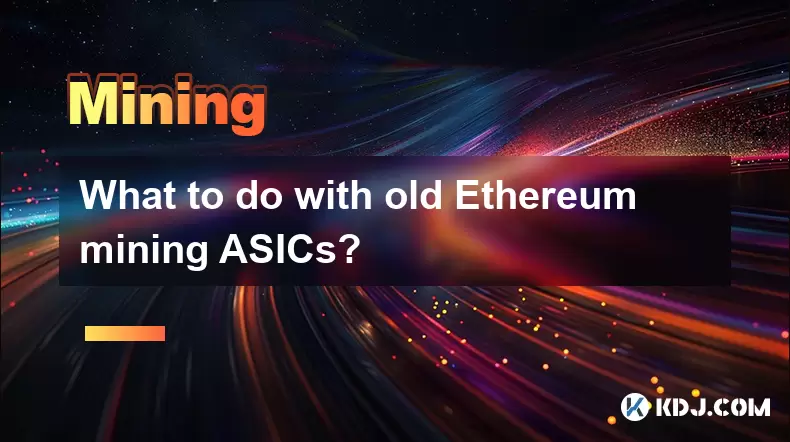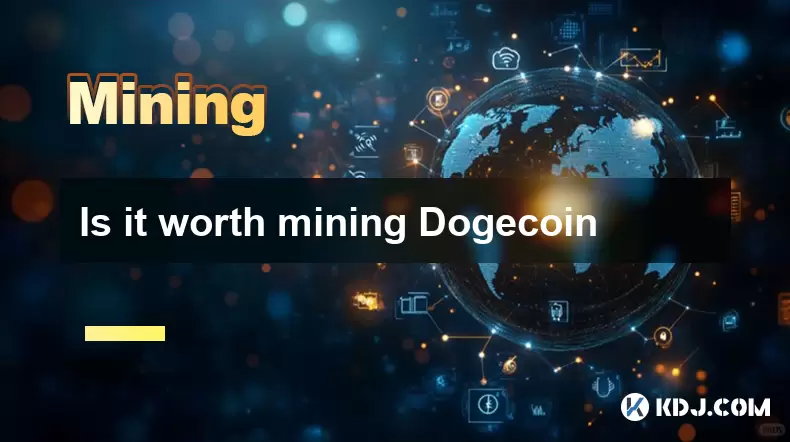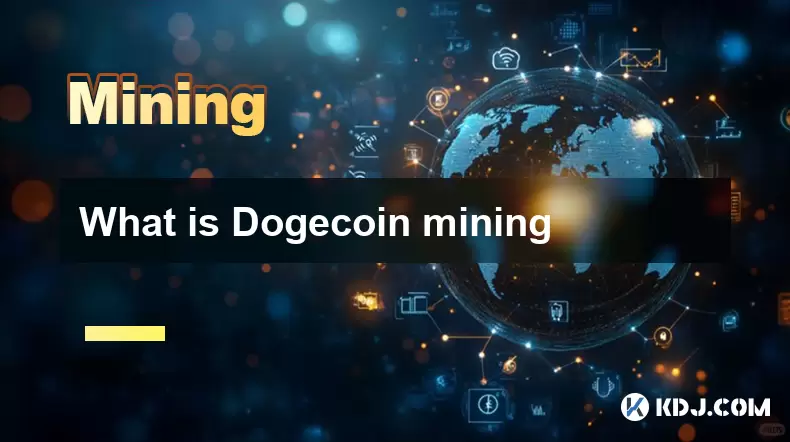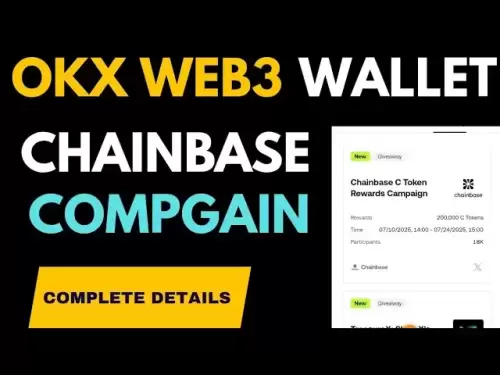-
 Bitcoin
Bitcoin $117,576.6195
-0.21% -
 Ethereum
Ethereum $2,938.5668
-1.35% -
 XRP
XRP $2.7699
4.60% -
 Tether USDt
Tether USDt $1.0003
0.01% -
 BNB
BNB $688.1624
-0.01% -
 Solana
Solana $160.5113
-1.95% -
 USDC
USDC $0.9999
0.01% -
 Dogecoin
Dogecoin $0.1976
-0.70% -
 TRON
TRON $0.3008
1.54% -
 Cardano
Cardano $0.7159
-2.16% -
 Hyperliquid
Hyperliquid $46.2240
2.04% -
 Stellar
Stellar $0.3966
22.03% -
 Sui
Sui $3.3928
-3.11% -
 Chainlink
Chainlink $15.1204
-2.43% -
 Bitcoin Cash
Bitcoin Cash $515.1741
-1.19% -
 Avalanche
Avalanche $20.8130
-0.90% -
 Hedera
Hedera $0.2001
-2.12% -
 UNUS SED LEO
UNUS SED LEO $9.0522
0.72% -
 Shiba Inu
Shiba Inu $0.0...01316
-2.01% -
 Toncoin
Toncoin $2.9843
0.61% -
 Litecoin
Litecoin $92.6745
-2.71% -
 Polkadot
Polkadot $3.9483
-0.06% -
 Monero
Monero $328.5347
1.10% -
 Dai
Dai $0.9998
0.01% -
 Ethena USDe
Ethena USDe $1.0006
-0.01% -
 Uniswap
Uniswap $8.3739
-6.50% -
 Bitget Token
Bitget Token $4.4241
-1.99% -
 Pepe
Pepe $0.0...01222
-3.96% -
 Aave
Aave $300.5203
-3.61% -
 Bittensor
Bittensor $382.2607
-1.92%
What to do with old Ethereum mining ASICs?
Ethereum miners can repurpose old ASICs for mining Ethash-compatible coins like Ethereum Classic or Ravencoin, sell them, recycle components, or use them for educational experiments and testing.
Jul 12, 2025 at 09:01 pm

Repurposing Old Ethereum Mining ASICs
When Ethereum transitioned from Proof of Work (PoW) to Proof of Stake (PoS), many miners were left with specialized hardware—ASICs—that could no longer mine ETH profitably. These Application-Specific Integrated Circuits, designed specifically for mining Ethash, became obsolete for their original purpose. However, that doesn't mean they are entirely useless.
One practical option is to repurpose old Ethereum mining ASICs for mining other cryptocurrencies that still use the Ethash algorithm or similar hashing functions. Coins like Ethereum Classic (ETC), Ravencoin (RVN), and Firo (Zcoin) have continued using algorithms compatible with Ethash or KawPow, which some ASICs can handle. Before proceeding, it's crucial to verify whether your specific ASIC model supports these alternative coins.
Selling or Recycling Obsolete Mining Hardware
If repurposing isn’t viable, selling the hardware might be a better financial decision. There is still a niche market for used ASICs, especially among smaller miners or hobbyists who may not require large-scale efficiency. Platforms such as eBay, Bitcointalk forums, or crypto-specific marketplaces can serve as venues for listing these devices. However, buyers are often cautious due to the declining profitability and utility of PoW mining equipment post-EIP-1559 and The Merge.
Alternatively, consider recycling components responsibly. Many parts inside an ASIC miner, including circuit boards and metal casings, can be recycled in an environmentally friendly way. Some manufacturers or local electronics recycling centers offer e-waste disposal services that comply with environmental regulations. Disposal should never involve landfills due to potential toxic materials present in electronic components.
Using ASICs for Educational or Testing Purposes
Old mining ASICs can serve as educational tools for students or developers interested in blockchain technology. They provide hands-on experience with hardware involved in decentralized networks. Setting up a test mining environment at home or in a lab helps users understand how consensus mechanisms work on a technical level.
Additionally, experimenting with firmware modifications or custom operating systems can be done safely without risking high electricity costs. Enthusiasts can explore overclocking techniques, cooling system modifications, or even attempt firmware hacking to see how performance changes under different conditions. This kind of tinkering fosters deeper understanding of both hardware engineering and cryptographic protocols.
Donating or Lending Outdated Equipment
Another ethical approach is donating old ASIC miners to educational institutions, non-profits, or community-driven blockchain projects. Universities with computer science or engineering departments may appreciate access to real-world mining hardware for research or classroom demonstrations. Similarly, blockchain startups or open-source development teams could find value in testing network behavior using physical hardware rather than simulations.
Before donating, ensure the device is clean, functional, and includes any necessary accessories like power supplies or documentation. It’s also wise to wipe any personal data or configurations stored on the device before transferring ownership.
Converting ASICs into General-Purpose Computing Devices
Although ASICs are built for a single task, some tech-savvy individuals have explored ways to convert them into general-purpose computing devices. While this is technically challenging and not always feasible, certain models may allow limited reprogramming for tasks involving repetitive hashing operations, such as password cracking or scientific simulations.
This process typically involves disassembling the board, identifying programmable chips, and attempting firmware rewriting. Success depends heavily on the manufacturer's design choices and whether proprietary locks prevent reconfiguration. For most users, this path remains experimental and requires advanced knowledge of embedded systems and reverse engineering.
Frequently Asked Questions
- Can I use my Ethereum ASIC to mine Bitcoin?
No, Ethereum ASICs are designed for the Ethash algorithm, while Bitcoin uses SHA-256. These hashing functions are fundamentally different, making cross-compatibility impossible. - Will there ever be a new cryptocurrency that revives demand for Ethash ASICs?
While possible, no major project has announced plans to create a new coin specifically for Ethash ASICs. Any revival would depend on developer interest and community support. - How do I check if my ASIC supports Ethereum Classic mining?
Review the manufacturer’s specifications or firmware settings. You can also connect the ASIC to an ETC mining pool temporarily to test compatibility. - Are there legal issues associated with reselling old mining ASICs?
As long as you own the hardware outright and purchased it legally, resale is generally permissible. Always disclose the device's condition and limitations honestly to avoid disputes.
Disclaimer:info@kdj.com
The information provided is not trading advice. kdj.com does not assume any responsibility for any investments made based on the information provided in this article. Cryptocurrencies are highly volatile and it is highly recommended that you invest with caution after thorough research!
If you believe that the content used on this website infringes your copyright, please contact us immediately (info@kdj.com) and we will delete it promptly.
- Tether's USDT on Blockchains: Streamlining for Scalability and Regulatory Shifts
- 2025-07-12 22:30:12
- HBAR Price Prediction: Hedera's AI Play and the $100 Dream
- 2025-07-12 23:10:12
- Pepeto, DOGE, and the Meme Coin Frenzy: What's Hot and What's Not
- 2025-07-12 22:50:12
- XRP Price Prediction: Riding the Crypto Coaster to New Highs?
- 2025-07-12 22:50:12
- Crypto's Wild Ride: Unrealized Gains, Regulatory Shifts, and Digital Asset Dominance
- 2025-07-12 22:30:12
- Cardano, Avalanche, and the Tiny Token Tipping the Scales: Remittix (RTX) Takes Center Stage
- 2025-07-12 21:10:12
Related knowledge

How to keep a mining rig cool
Jul 12,2025 at 01:42pm
Understanding the Importance of Cooling in Mining RigsCryptocurrency mining is an intensive process that places heavy demand on hardware components, p...

How to find the best Dogecoin mining pool for me
Jul 12,2025 at 04:14pm
Understanding the Role of a Mining PoolWhen mining Dogecoin, joining a mining pool can significantly increase your chances of earning consistent rewar...

How to update Dogecoin miner software
Jul 12,2025 at 12:36pm
Understanding Dogecoin Mining and the Need for Software UpdatesDogecoin mining involves using specialized software to validate transactions on the Dog...

Overclocking settings for Dogecoin mining
Jul 12,2025 at 12:57pm
Understanding Overclocking in Dogecoin MiningOverclocking refers to the process of increasing the clock rate of a component—typically a GPU or CPU—bey...

Is it worth mining Bitcoincoin
Jul 12,2025 at 04:35pm
Understanding the Basics of Dogecoin MiningDogecoin (DOGE) is a cryptocurrency that was originally created as a joke in 2013 but has since gained sign...

What is Dogecoin mining
Jul 12,2025 at 06:29pm
Understanding the Basics of Dogecoin MiningDogecoin mining refers to the process by which new Dogecoins are introduced into the digital ecosystem. Thi...

How to keep a mining rig cool
Jul 12,2025 at 01:42pm
Understanding the Importance of Cooling in Mining RigsCryptocurrency mining is an intensive process that places heavy demand on hardware components, p...

How to find the best Dogecoin mining pool for me
Jul 12,2025 at 04:14pm
Understanding the Role of a Mining PoolWhen mining Dogecoin, joining a mining pool can significantly increase your chances of earning consistent rewar...

How to update Dogecoin miner software
Jul 12,2025 at 12:36pm
Understanding Dogecoin Mining and the Need for Software UpdatesDogecoin mining involves using specialized software to validate transactions on the Dog...

Overclocking settings for Dogecoin mining
Jul 12,2025 at 12:57pm
Understanding Overclocking in Dogecoin MiningOverclocking refers to the process of increasing the clock rate of a component—typically a GPU or CPU—bey...

Is it worth mining Bitcoincoin
Jul 12,2025 at 04:35pm
Understanding the Basics of Dogecoin MiningDogecoin (DOGE) is a cryptocurrency that was originally created as a joke in 2013 but has since gained sign...

What is Dogecoin mining
Jul 12,2025 at 06:29pm
Understanding the Basics of Dogecoin MiningDogecoin mining refers to the process by which new Dogecoins are introduced into the digital ecosystem. Thi...
See all articles
























































































